By Andrea Shalal-Esa
WASHINGTON (Reuters) - Lockheed Martin Corp (LMT)
unveiled plans on Friday for a hypersonic spy plane that could fly at
Mach 6, twice as fast as its famed SR-71 Blackbird, and said a missile
demonstrating the new technology could fly as early as 2018.Brad Leland, the Lockheed engineer who has headed the seven-year research effort, said the new aircraft, dubbed the SR-72, was designed using off-the-shelf materials to keep it affordable in the current tough budget environment.
He said the new plane offered game-changing capabilities to the military - and a twin-engine demonstrator jet that could reach any target in an hour could be developed for under $1 billion in five to six years.
"Hypersonic is the new stealth," Leland told Reuters in an interview. "Your adversaries cannot hide or move their critical assets. They will be found. That becomes a game-changer."
The new aircraft would travel three times as fast as current fighter jets, which can reach speeds of Mach 2, twice the speed of sound, and it could be outfitted with light weapons to strike targets.
Aviation Week first reported Lockheed's work on the project earlier on Friday in a cover article entitled "Son of Blackbird." Lockheed developed the supersonic SR-71 Blackbird, a long-range manned spy plane, 50 years ago. A few of those planes remained in service until 1999.
Details of the new hypersonic spy plane project emerged days after Lockheed, the Pentagon's biggest supplier, teamed up with No. 2 supplier Boeing Co (BA.N) to develop a bid for the Pentagon's new long-range bomber.
Lockheed, Boeing and other big weapons makers are pressing the Pentagon to continue funding new aircraft development programs despite big cuts in military spending, arguing that a retreat from such projects could undercut U.S. military superiority in years to come.
Leland, who works for Lockheed's Skunk Works advanced development arm, said missiles based on the new technology could be ready for operational use in 2020, at a cost only slightly more than the current Tomahawk or JASSM missiles.
Lockheed declined to say how much it had invested in the SR-72 project to date, or what the new airplane might cost if it is ever built. But it said it had tried to keep the current tight budget environment in mind while working on the project.
"What we are doing is defining a missile that would have a small incremental cost to go at hypersonic speed," Leland said. He said about 20 Lockheed employees had worked on the project.
One key factor in keeping the new project affordable was a decision to limit speed to Mach 6, rather than reaching for higher speeds that would require more expensive materials such as those used on the space shuttle, Leland said.
He said top Pentagon officials had been briefed on the program's progress and they were very interested in the new technology as a possible way to counter work by potential adversaries on technologies that could detect stealth aircraft.
He said the company and its partners had developed and tested key components of the proposed new aircraft using their own internal research funding, but the program needed additional funds to move ahead with larger-scale demonstrations of the technologies involved.
Rob Stallard, analyst with RBC Capital Markets, said in a note on Friday that the new aircraft could help the U.S. military quickly identify or hit targets that were intentionally hidden or protected by an enemy's air defenses. He said the previous SR-71 was "the coolest airplane ever made, rivaled only by fictional aircraft."
Leland said Lockheed had worked closely with Aerojet Rocketdyne, a unit of GenCorp Inc (GY), to develop a propulsion system for the new aircraft, which uses an off-the-shelf turbine with a scramjet engine to reach the hypersonic speeds.
The project builds on HTV-3X, an earlier hypersonic project funded by the Pentagon's Defense Advanced Research Projects Agency (DARPA) that was canceled in 2008 after its turbojet engines were found not ready for further development.
(Editing by Matthew Lewis)
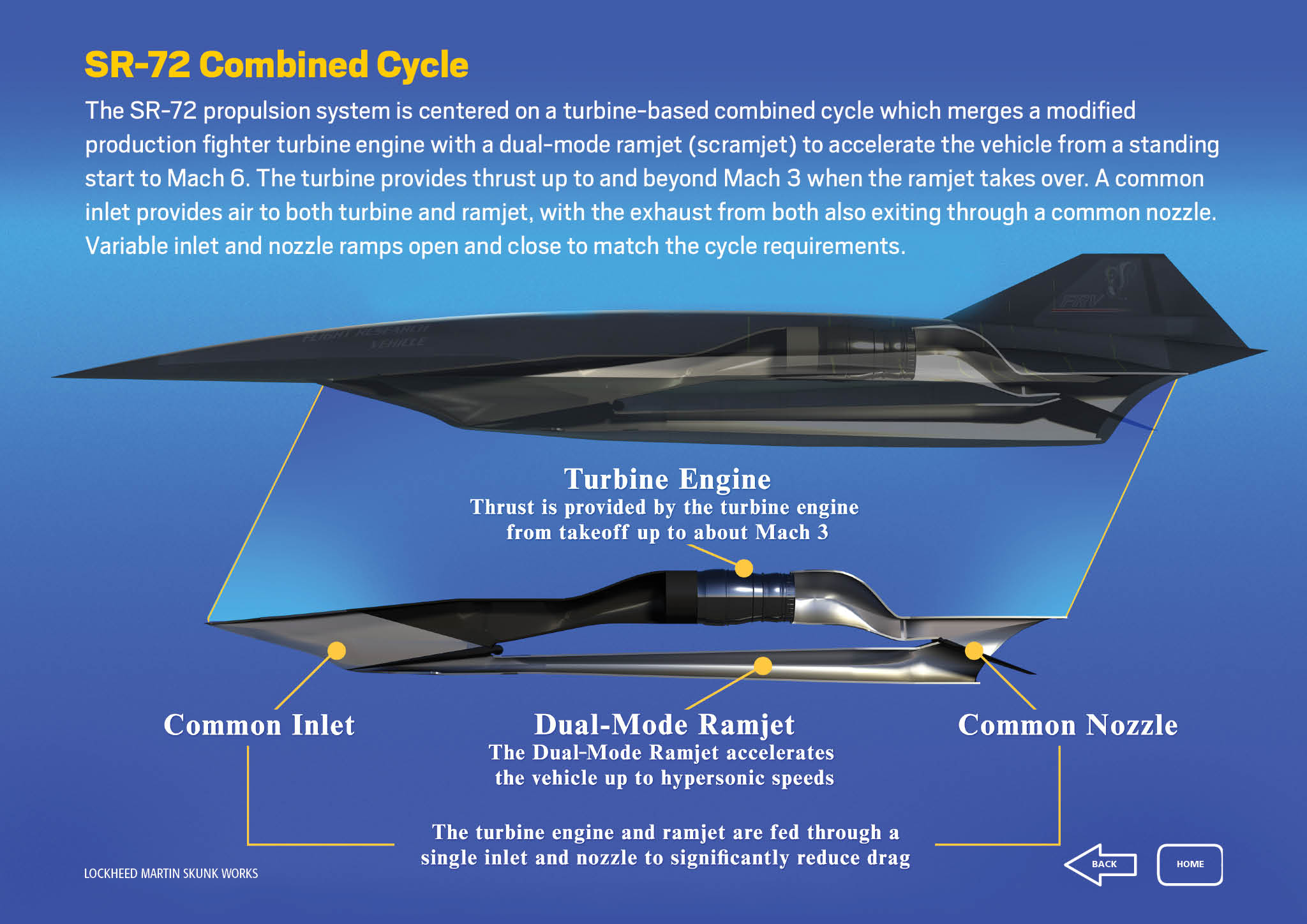

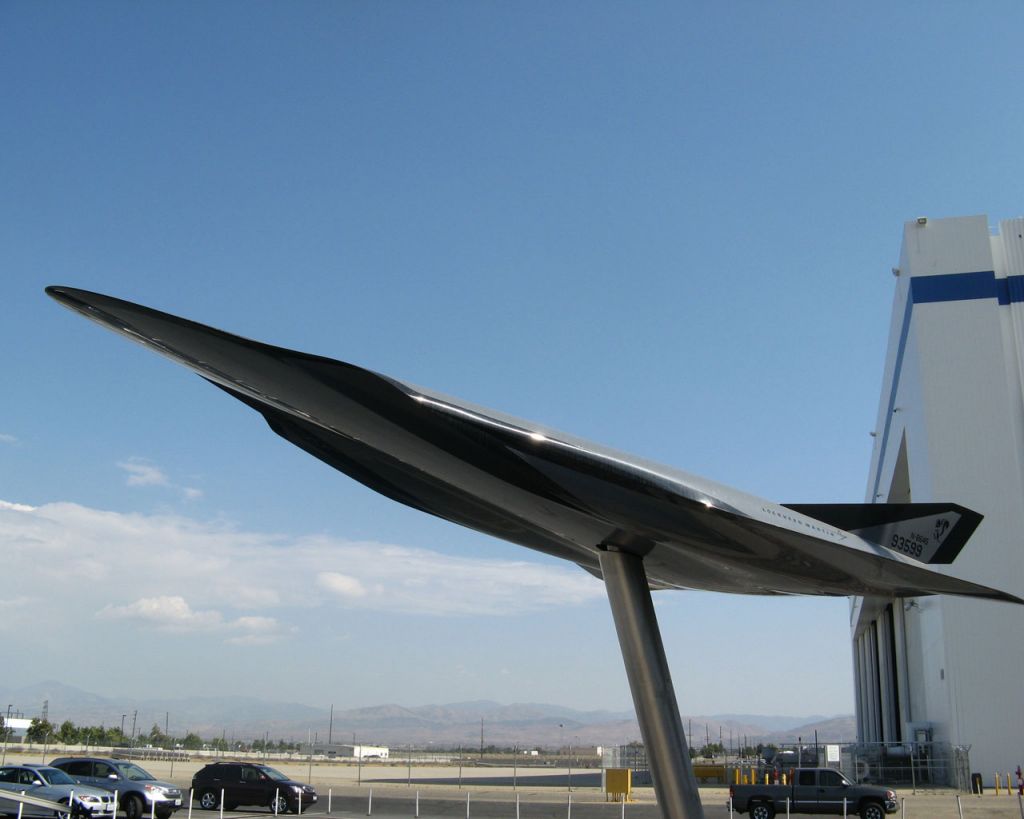


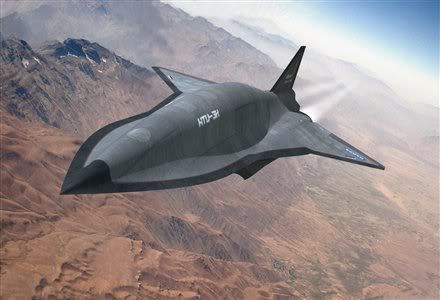
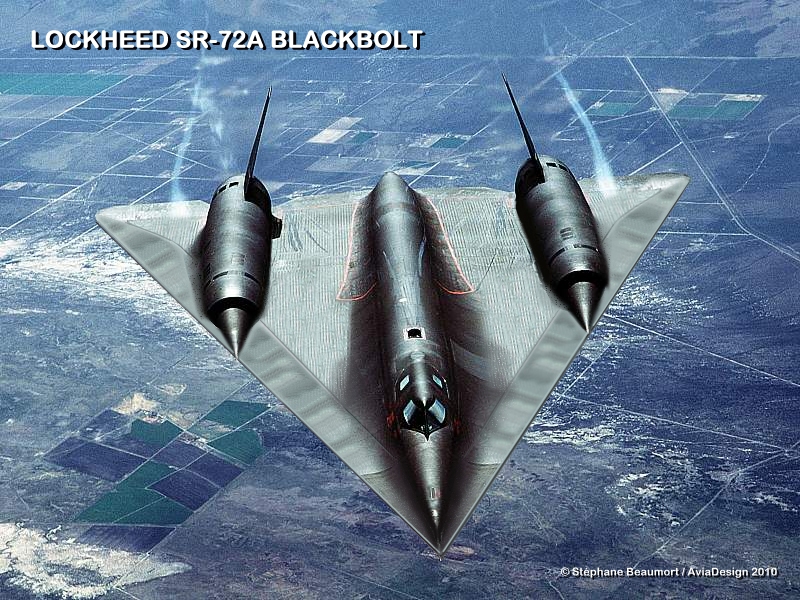
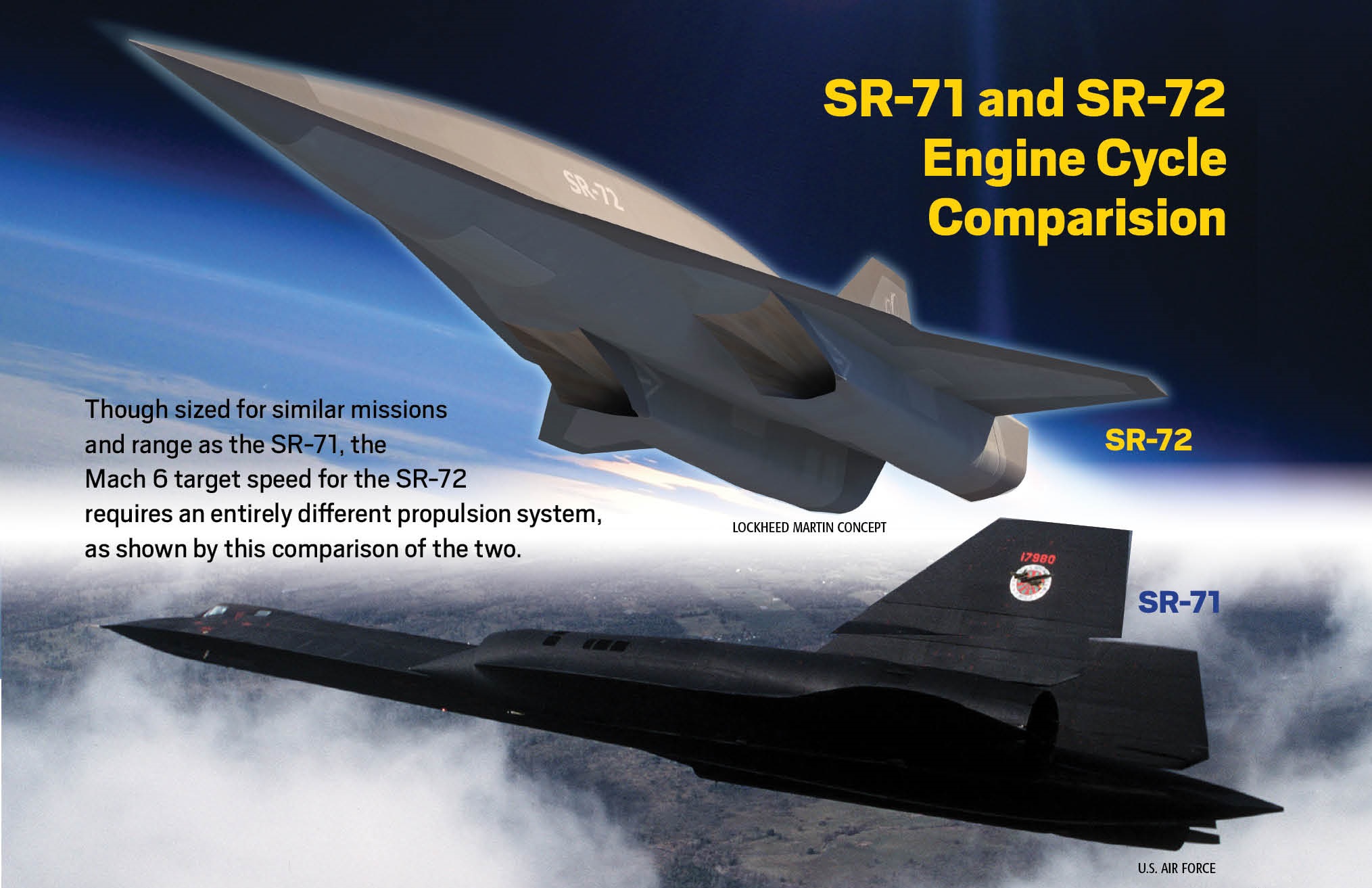

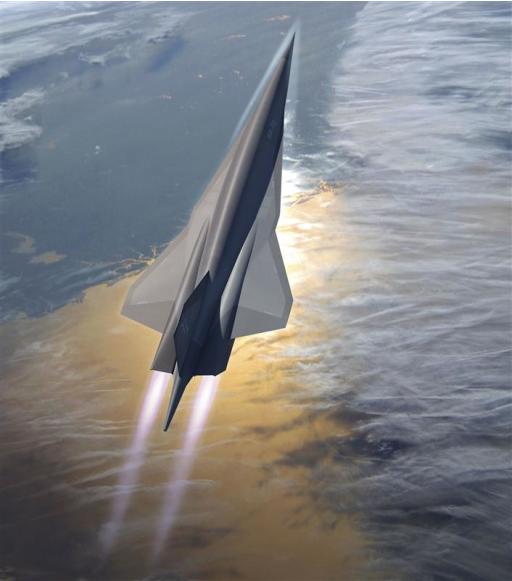
No comments:
Post a Comment